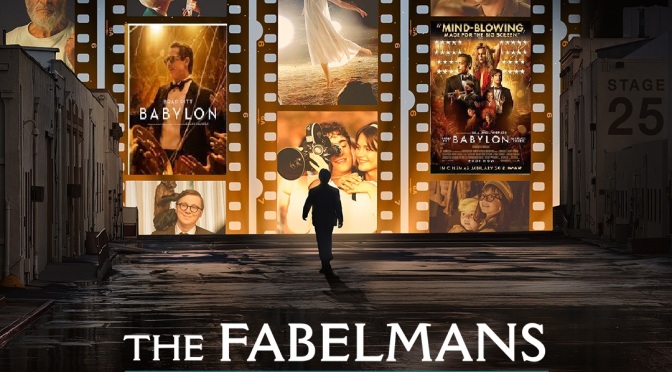CINEMA REVIEW: THE WHALE (2022)
Directed by Darren Aronofsky
Screenplay by Samuel D. Hunter (based on his play of the same name.)
Produced by: Jeremy Dawson, Ari Handel, Darren Aronofsky
Main cast: Brendan Fraser, Sadie Sink, Hong Chau, Ty Simpkins and Samantha Morton
Cinematography Matthew Libatique
*** MAY CONTAIN SPOILERS ***
Darren Aronofsky is a risk-taking, boundary-pushing genius of a genre filmmaker. He is one of those film experimenters who threatens and breaks the chains of narrative convention, form and style. Films such as Pi (1998), Requiem for a Dream (2000), The Wrestler (2008) and Black Swan (2010) are intelligent, moving and often controversial cinematic visions. The least said about the indulgent, pretentious and nihilistic void of a film, Mother (2017), the better. Many went crazy for that allegorical nervous breakdown on the screen, but not me.
Aronofsky’s latest film, The Whale (2022) finds his excesses stripped back in terms of setting, colour, camera movement, lighting and editing design. The story of an obese man, Charlie (Brendan Fraser), finds him trapped by his own weight, addiction to food, grief and ill-health within an apartment. The colour scheme is stained and grey, while the dialogue-heavy script, naturally lit set, mostly static camera and claustrophobic drama betray The Whale’s origin as a play. Online English teacher Charlie’s journey is slow-burning and tragic, as he attempts to reconcile himself with his bitter, teenage daughter, Ellie, (Sadie Sink) and deal with his ever-worsening health. This familial thematic echoes The Wrestler (2008) as a lead protagonist strives to redeem his life decisions and find value to his existence. Ellie, however, is far less sympathetic and angry when compared to The Wrestler‘s, Evan Rachel Wood’s, Stephanie.
As with Requiem for a Dream (2000), The Whale (2022) contains the theme of addiction. Aronofsky’s earlier film found the characters hooked on heroin. Here, Charlie is wholly dependent on food. His dealer is also his carer, Liz (Hong Chau), and their relationship, as well as Ellie’s verbal outbursts, power much of the guilt and conflict within the play. Because Charlie is lost in hurt, he distracts himself with fizzy soda, pizza and massive torpedo rolls. He hides indoors in the shadows and behind an avatar on his computer screen. Charlie’s students never see him, only hearing his slowly breaking voice, stymied by an inability to breathe due to his expanding heart and squeezed lungs.
I feel it’s an almost integral part of the human condition to satisfy a compulsive need to feed on a substance that destroys one’s body and soul. I believe everyone is an addict, but some have more will power than others and can handle their compulsions. However, if you lose someone or suffer from depression, feeding one’s addiction is a way of blocking out the pain. Thus, I really connected with Charlie’s character in The Whale (2022), because he is in a painful tailspin with no apparent way out. Brendan Fraser delivers a stunningly moving character study. It truly is an admirable physical and mental achievement. Hong Chau is also impressive as the both caring and controlling carer who proves to be both Charlie’s best friend and worst enemy.
To conclude, The Whale (2022) is a compelling chamber piece with some finely written dialogue, empathetic heart, controlled direction, incredible make-up and prosthetics, and a singularly mighty performance from Fraser. Ultimately, the film holds a mirror up to the human condition, finding that the reflection, however upsetting and disturbing it may be, still deserves our compassion and understanding.








![[BOOK REVIEW] A Sense of Dread: Getting Under the Skin of Horror Screenwriting by Neil Marshall Stevens](https://paulraylaight.files.wordpress.com/2023/02/100-best-horror-films-of-all-time-featured-10-panels-min.jpg?w=672&h=372&crop=1)





